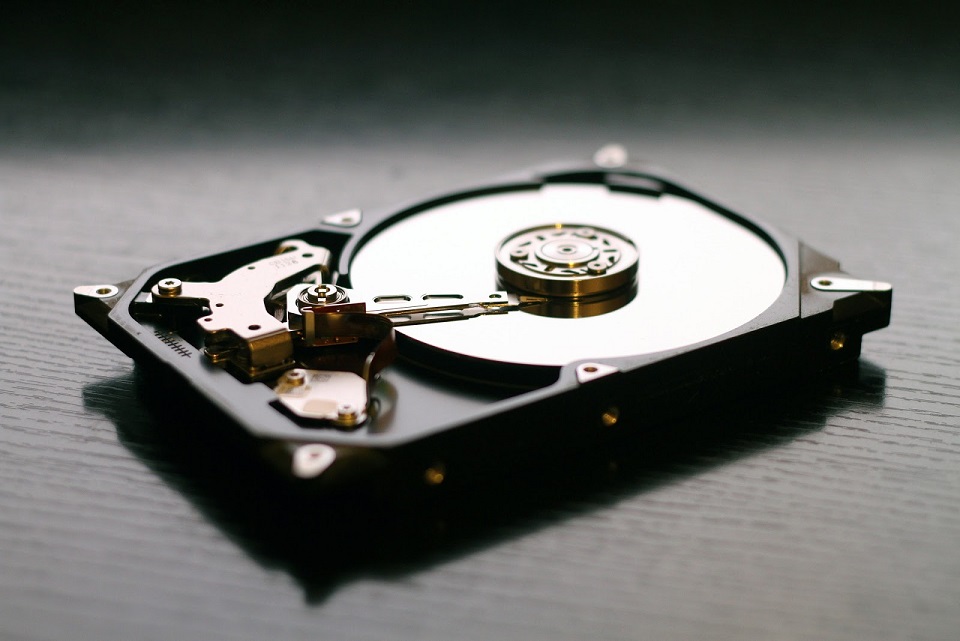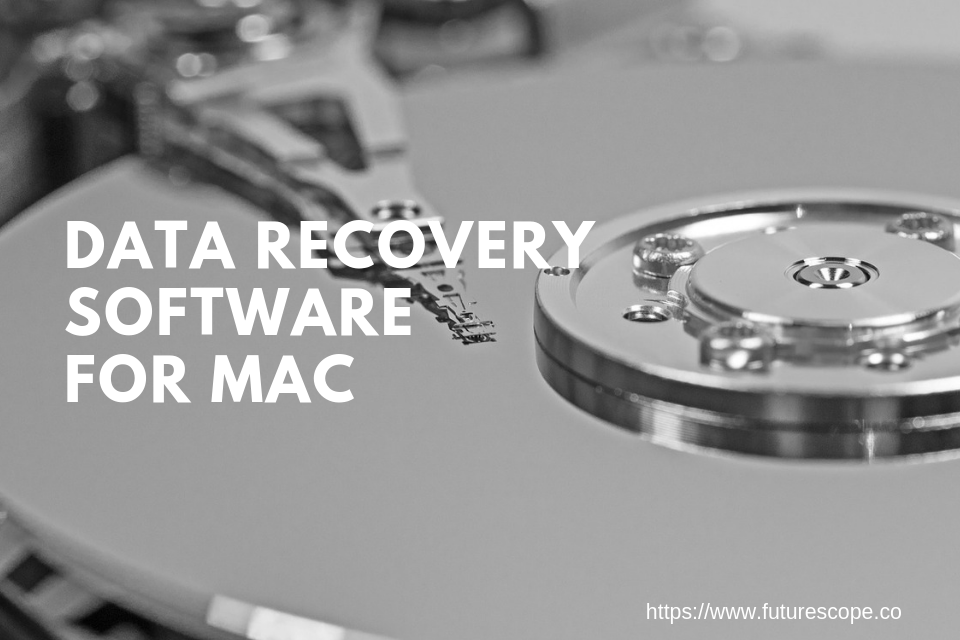Detailed Guide to Back up Mac Data
![[pii_email_8d527d394345cf85ee4b]](https://www.hubtechblog.com/wp-content/uploads/2021/03/laptop-336369_1920-780x470.jpg)
Backing up computer data is a good piece of advice. Even if you do not have that many important files on your MacBook, you should still not take the risk of waking up one day and seeing that a file or an entire folder has gone missing.
It could be a hardware failure or problems with malware. You or another person using the computer may be looking to make extra space on the Mac and delete the cache or other important data accidentally. And regardless of the case, creating data backups means giving yourself peace of mind.
There are two ways to back up MacBook data – locally and off-site. Let’s start with the former – local data backup.
Local backups
Just like the name suggests, a local data backup revolves around creating a copy of the data that you can keep with yourself. Using Time Machine – a built-in macOS tool – is the simplest and quickest way to back up apps, music, photos, emails, and other important documents locally.
Time Machine requires an external storage device. It depends on how much data you want to back up. A simple flash drive may suffice, but it is recommended to get an external hard drive that comes with more available storage.
Who knows, you may need to back up more MacBook data in the future, and running out of available space on a flash drive means that you will have two devices to bother with, and it is not that convenient. Instead, put your backups on a single device. A hard drive should be good enough for that.
Connect the external storage device to your MacBook and launch Time Machine and click on the “Select Backup Disk” option. You will see a list of available devices, which should show your external hard drive or another device you connected.
If you want to protect the data and make it available only to those who have the backup password, check the box next to the “Encrypt backups” option at the bottom of the tab.
Once you make the preferences, continue by clicking on “Use Disk.” Time Machine might ask you to reformat the external device. Follow the instructions to format the device and erase the data it potentially has.
After the external device is set up, you can let Time Machine start making periodic backups. And one of the best things about the process is that it is automatic.
The first backup may take a while depending on how many files you have, but you should still have few issues using the MacBook. As for the future backups, they will take less time since the process involves new files. Time Machine will not need to back up files that it did previously.
Off-Site backups
Off-site backup is pretty self-explanatory as well. You use services to copy your data, and these services are not something you have at home near you. For example, a cloud server.
Cloud services are the go-to option. And when talking about MacBooks, it is iCloud that stands out the most, right? Sure, Dropbox and Google Drive are also worth a shout, but it is simpler if you use iCloud.
One of the underrated advantages of using iCloud is how you can access and transfer files back and forth between your Mac, iPhone, and iPad by syncing these devices with the cloud account.
iCloud comes with a few gigabytes of free storage. Now, if you are backing up computer data, it is unlikely that those few gigabytes will be enough. Apple is aware of the issue, and they offer multiple storage plans and pricing.
For example, if you live in the United States, extra 50 gigabytes of storage cost $0.99, and 200 gigabytes cost $2.99. You could also go for 2 terabytes, but that will mean paying $9.99.
Cloud storage is also relatively safe. The odds of your data getting wiped because of a hacker attack or another threat are pretty much non-existent. Apple is aware of how many people use iCloud, and they invest a lot of money to ensure that users have no problems creating backups and accessing the files.
Final thoughts
All in all, both local and off-site data backups are solid options, so going with either of the methods should ensure that your MacBook data is in a good place and that you can access it in case something happens to the original copy.
Of course, it is also worth considering both options. It may take more time to manage two different backups, but that would mean even more security. And not taking advantage of iCloud when it offers 5 gigabytes of free storage seems like a waste, right?
Ultimately, it is your personal decision. You can also try both methods and see which one you prefer. The important thing is to get in the habit of backing up MacBook data to have a copy ready in the event that you cannot access files on the computer.






